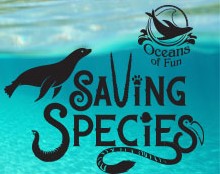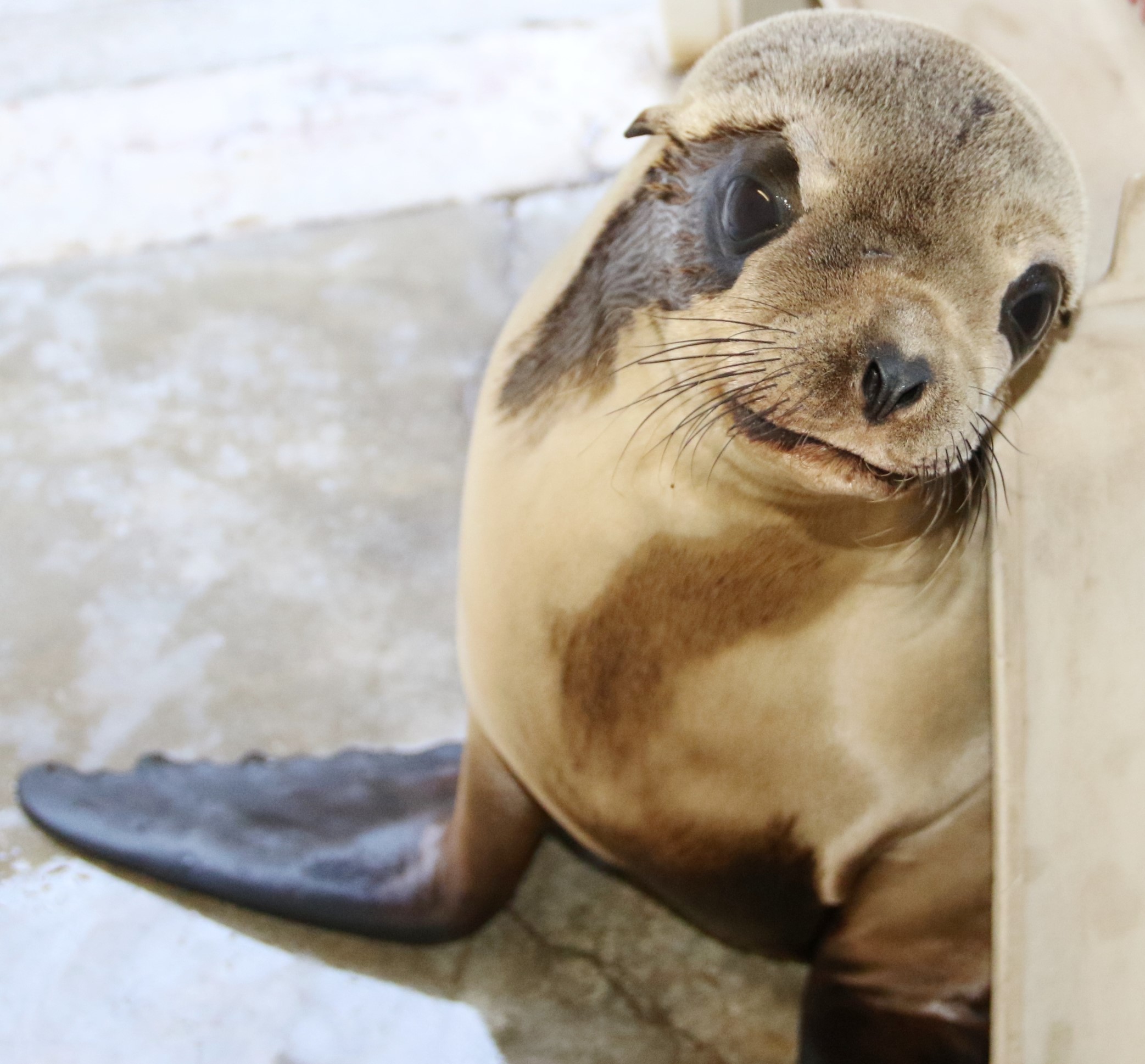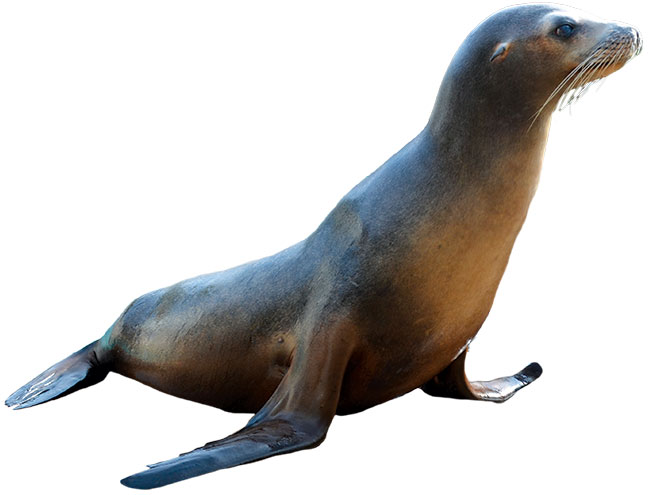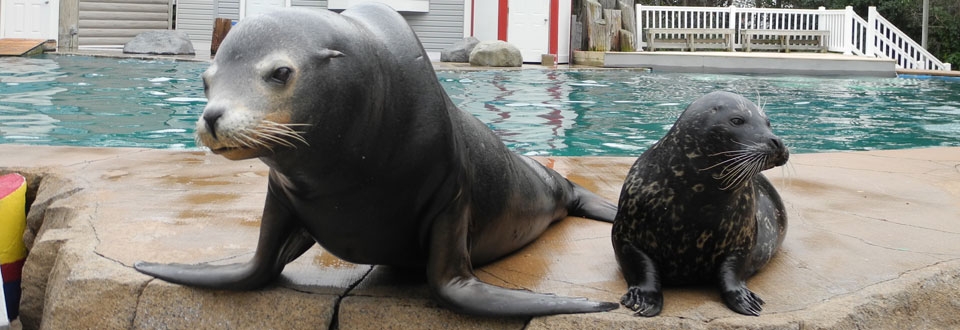
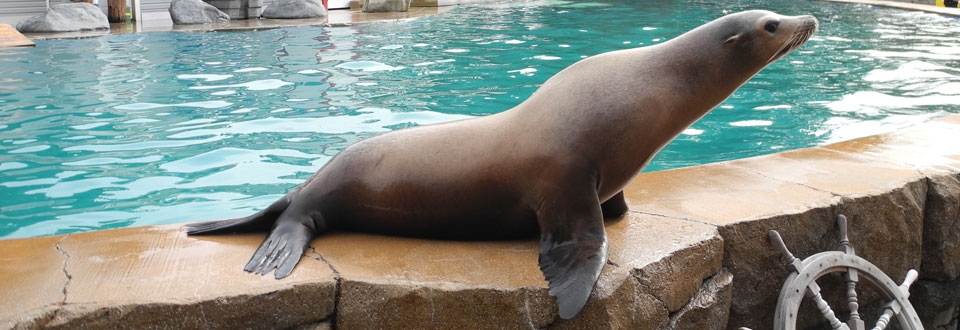
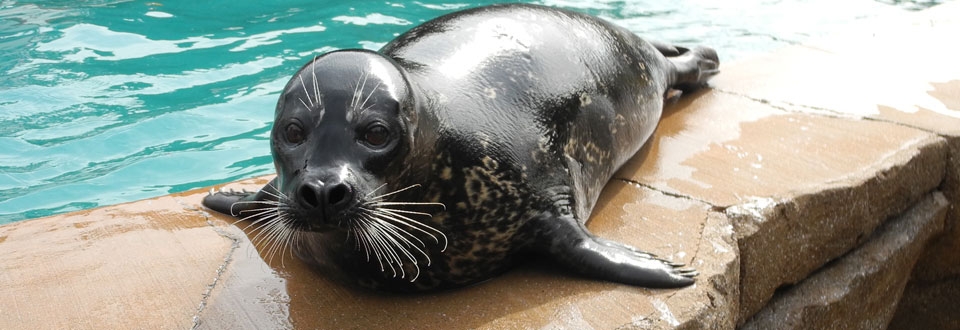
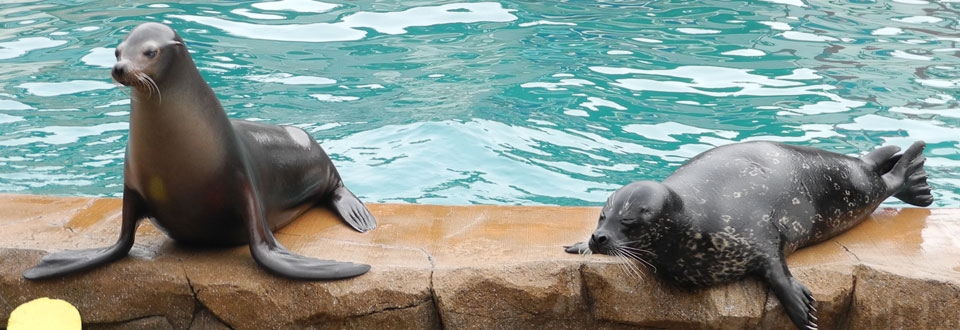
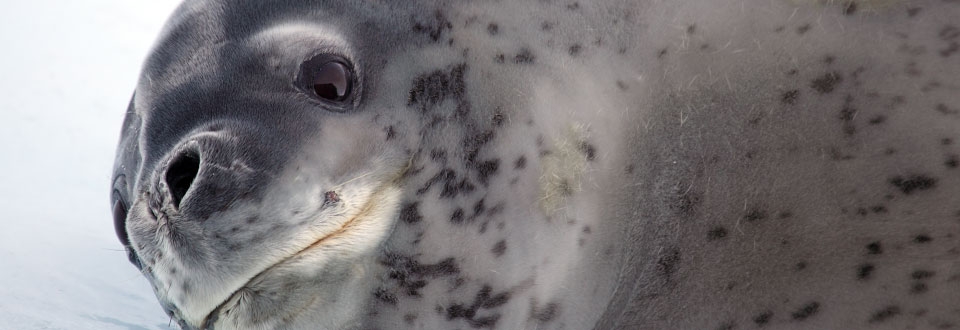
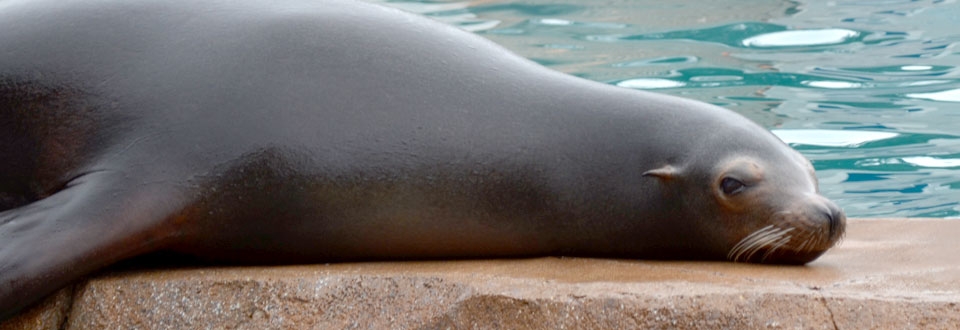
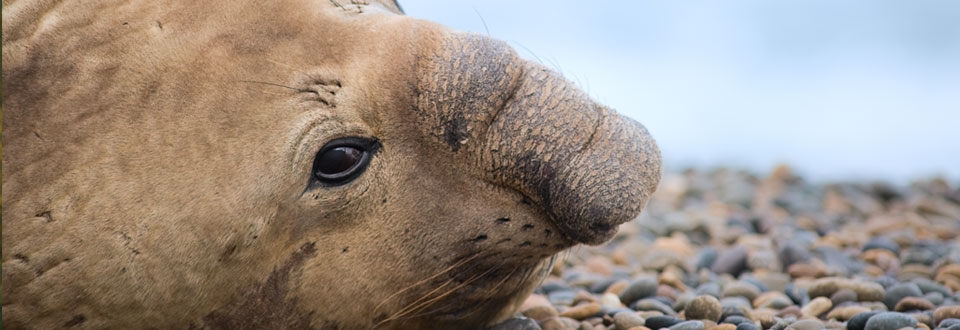
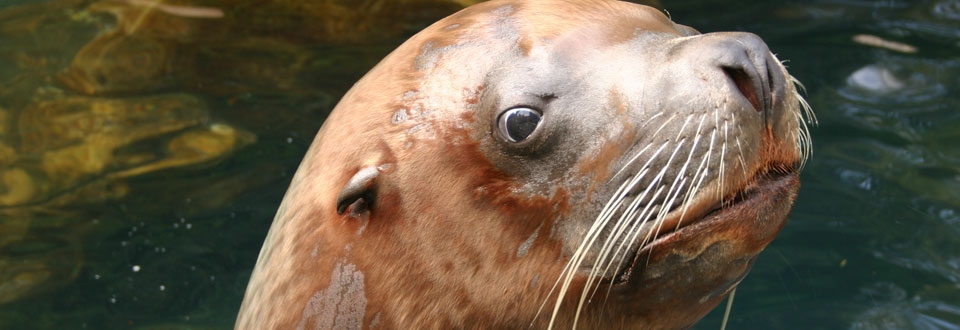
The Difference
Seal vs. Seal Lions
Both seals and sea lions belong to the order pinnipedia, meaning “fin-footed”. There are 33 living species of pinnipeds. They are all warm-blooded, air breathing mammals that have a streamlined torpedo-shaped body, enabling them to swim and dive gracefully. Both seals and sea lions have flippers that act as rudders, helping them to steer in the water. Although they are very suited to their marine environment, pinnipeds spend part of their life in the water and part on land, which sets them apart from the other marine mammals (whales). Though seals and sea lions are similar there a few key differences between these kinds of animals. Scientists have divided the pinnipeds into three families: earless seals (Phocidae), eared seals (Otariidae), and walruses (Odobenidae).
Seals
The earless seals are the phocids. They are what you would think of as a seal. They are called earless because they lack ear flaps. However, this does not mean they are deaf. Seals have tiny openings, which are called pinnae that serve as ears. There are eighteen species of seals.
The most distinguished feature of the seal is the flipper which sets the seal apart from other pinnipeds. They have short front flippers with a claw on each toe. The hind flippers are also clawed. The flippers have a thin webbing of skin, enabling them to move gracefully through the water. Seals can flex their toes to groom themselves or haul themselves out of water. In order for a seal to move across dry land, it must crawl along using their bellies.
Seals have more girth than most of the other pinnipeds. They are not as sleek and can even appear chubby. Even though they are disadvantaged on land, they move swiftly through the water. The front flippers serve as rudders for steering. The hind flippers allow the animal to thrust along in the water. It is with these combined adaptations that seals can move along through the water at speeds of 14 to 24 miles an hour.
Sea Lions
The species of pinnipeds most individuals know are the sea lion. They are frequently found in zoos and aquariums as ambassadors for marine species. Sea lions make up several of the fourteen species that make up the family Otariidae. The sea lion differs from the seal in that its pinnae are covered by external ear flaps. This is why they are known as the “eared seals.” Sea lions also have longer necks than seals. The body of the sea lion is much sleeker than that of the seal, even though sea lions are generally larger than most seals: a male sea lion of certain species can tip the scales at over one thousand pounds.
Another very different adaptation of the sea lion is the flipper. Sea lions’ front flippers have only a partial fur covering, unlike the seal, whose flippers are covered entirely by fur. Sea lions’ first toes are longer than the other toes. Their hind flippers are extremely flexible, and can actually rotate forward and beneath the body. This enables sea lions to move around on land with ease, unlike the seal.
Behaviorally, sea lions are usually more vocal than seals. Sea lions are called “sea dogs” due to their unique barking noise, whereas seals tend to make much quieter grunting noises. Sea lions also tend to be more social than other pinnipeds.
Similarities
Seals and sea lions are cousins belonging to the same family. They have some similarities, such as adaptations that make them extremely effective oceanic animals. Both species are adept at diving and can reach to depths beyond a thousand feet, the record-holder being the elephant seal, which can descend to 4,125 feet. In fact, only the sperm whale and the beluga whale are capable of making deeper dives.
In the wild, both seals and sea lions are hunted by the killer whale (orca). In the past both were also hunted by humans for their pelts and blubber, the fatty insulating layer both groups have beneath their skins.
Both animals are adapted to life on land and in the water. They have excellent vision in both environments and great flexibility that help them to avoid their natural predators and find food on a daily basis.
We encourage you to stop by Ocean Connections to meet our animals in person. Seals and sea lions actually have more in common than is different!




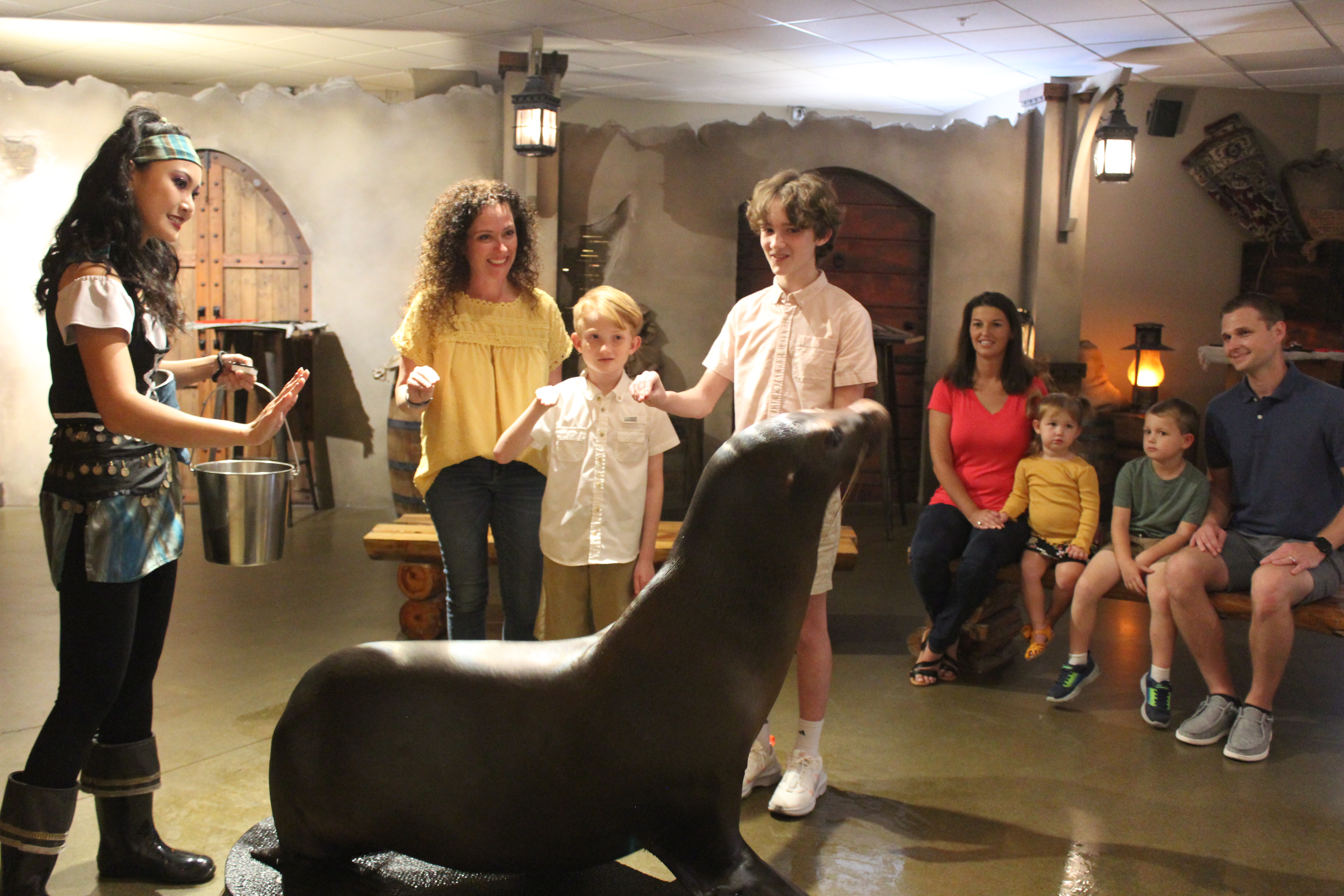 Animal Encounter
Animal Encounter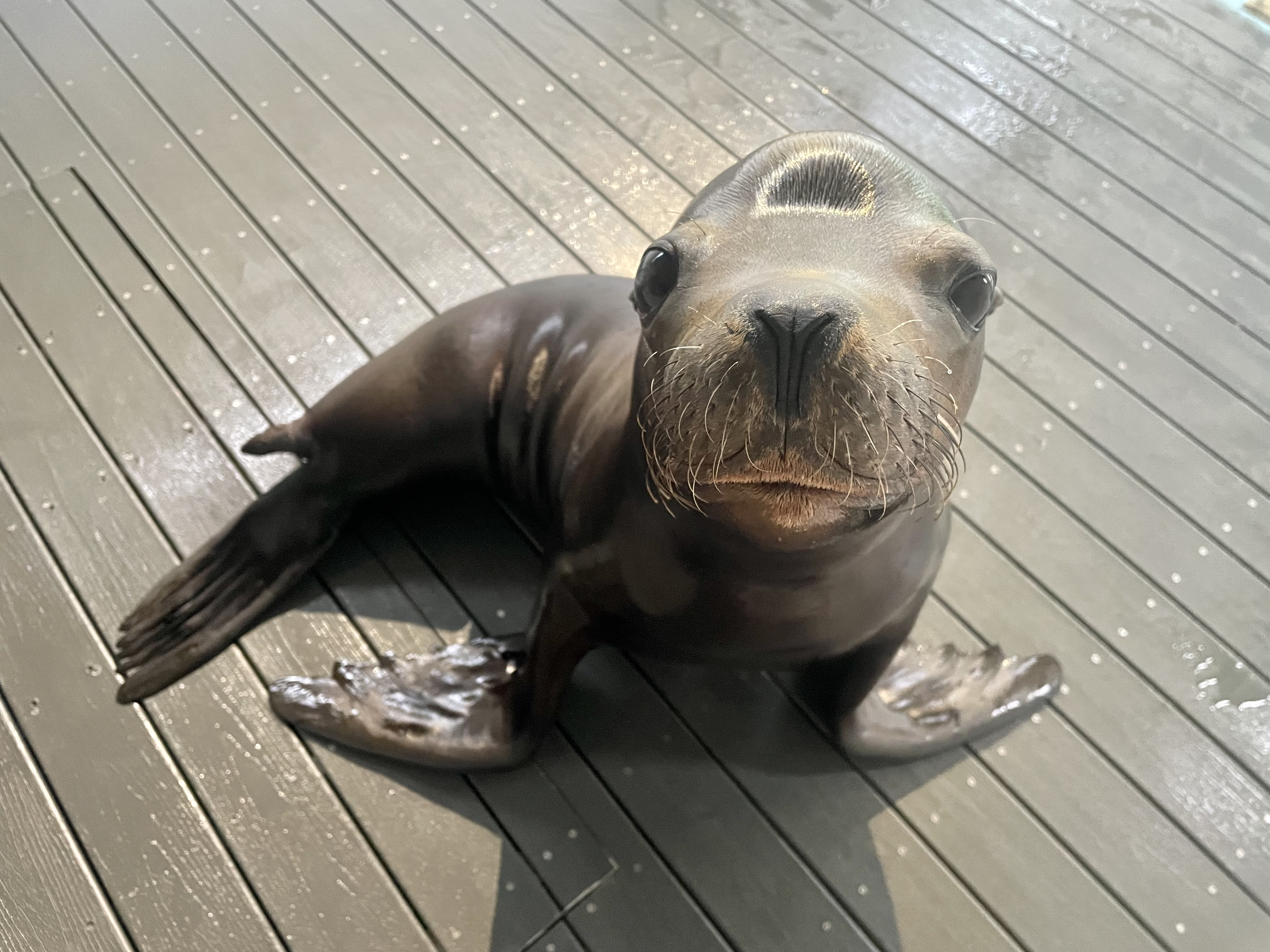 Our Locations
Our Locations
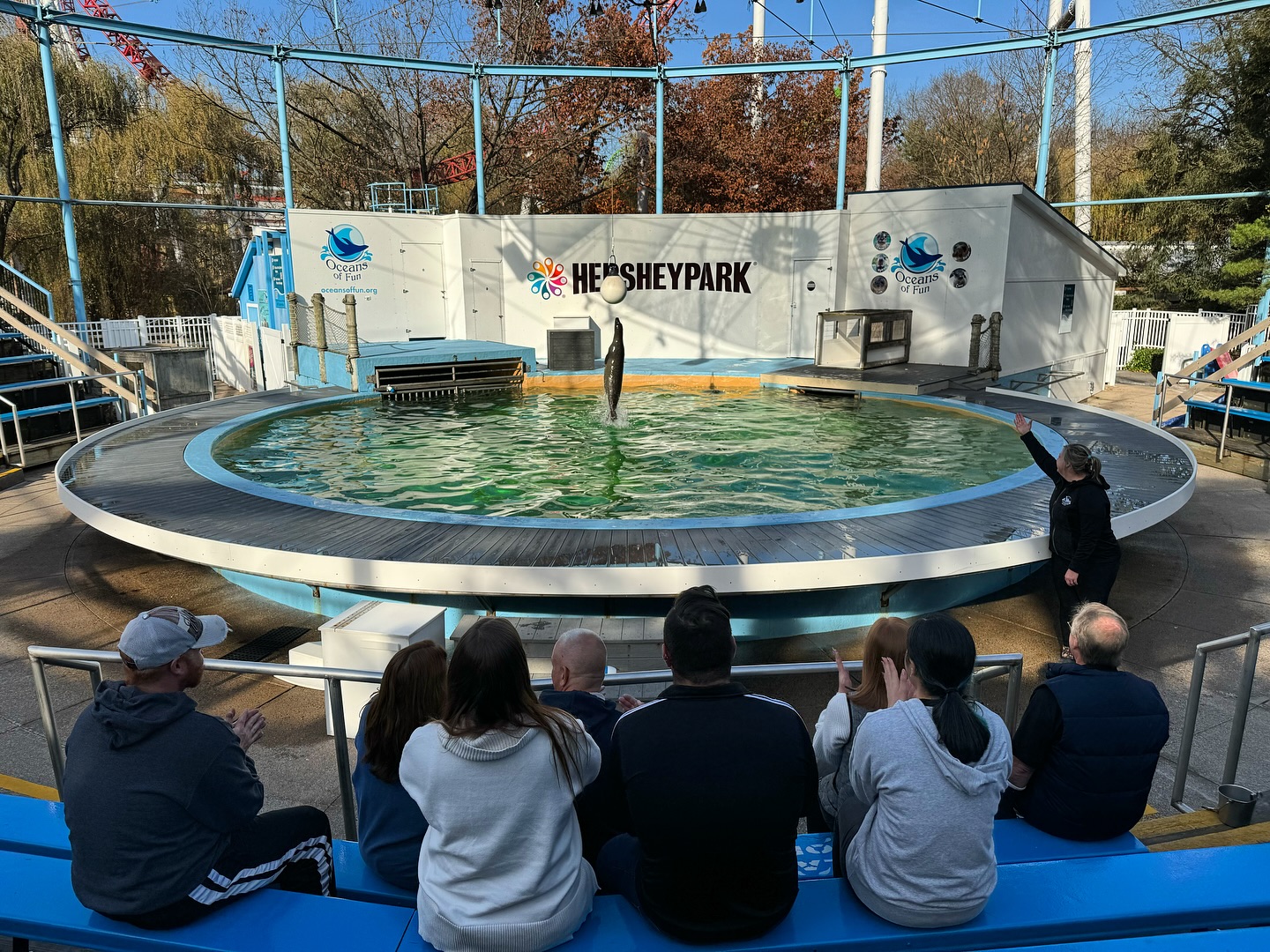 Family Fun
Family Fun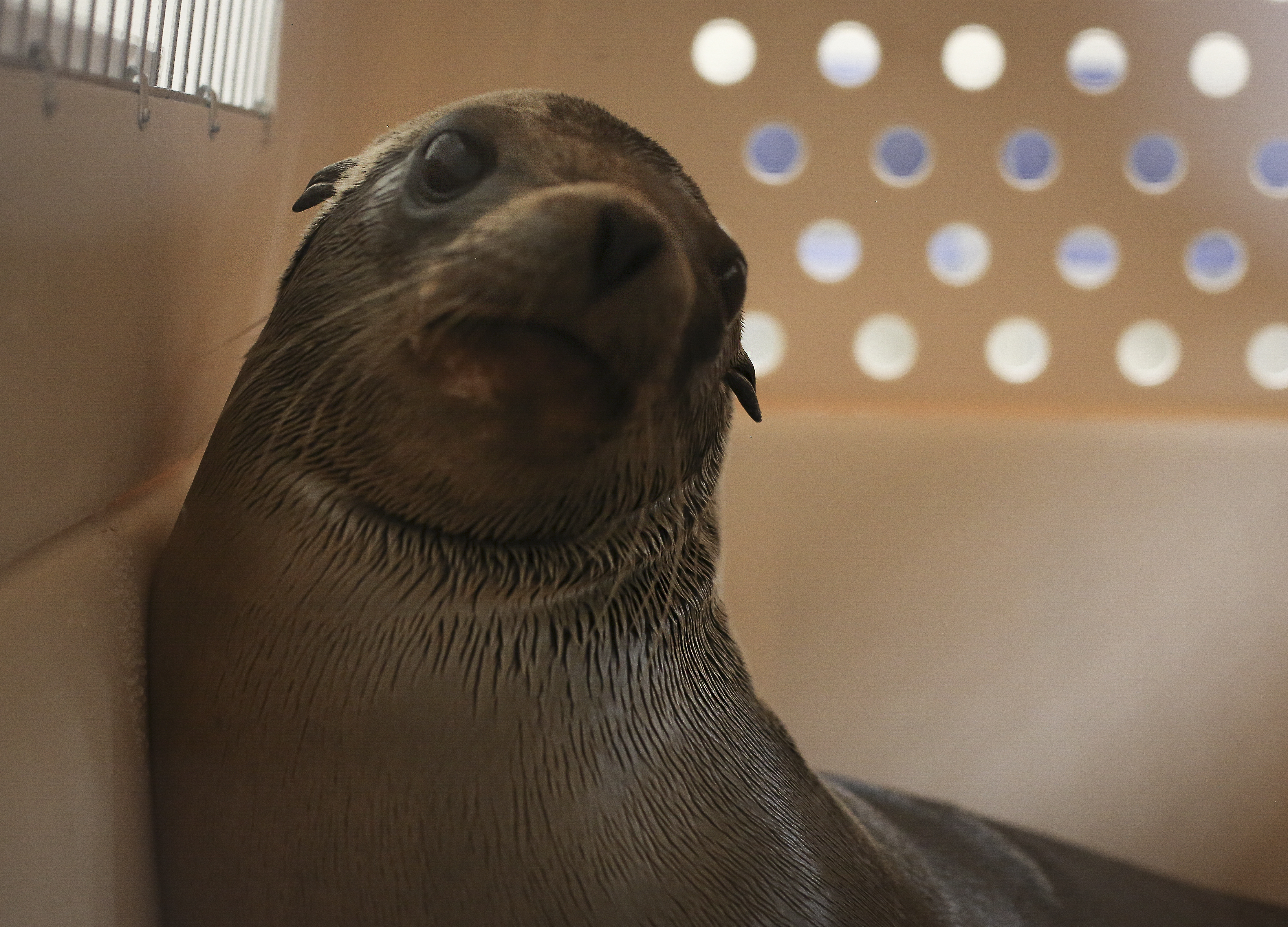
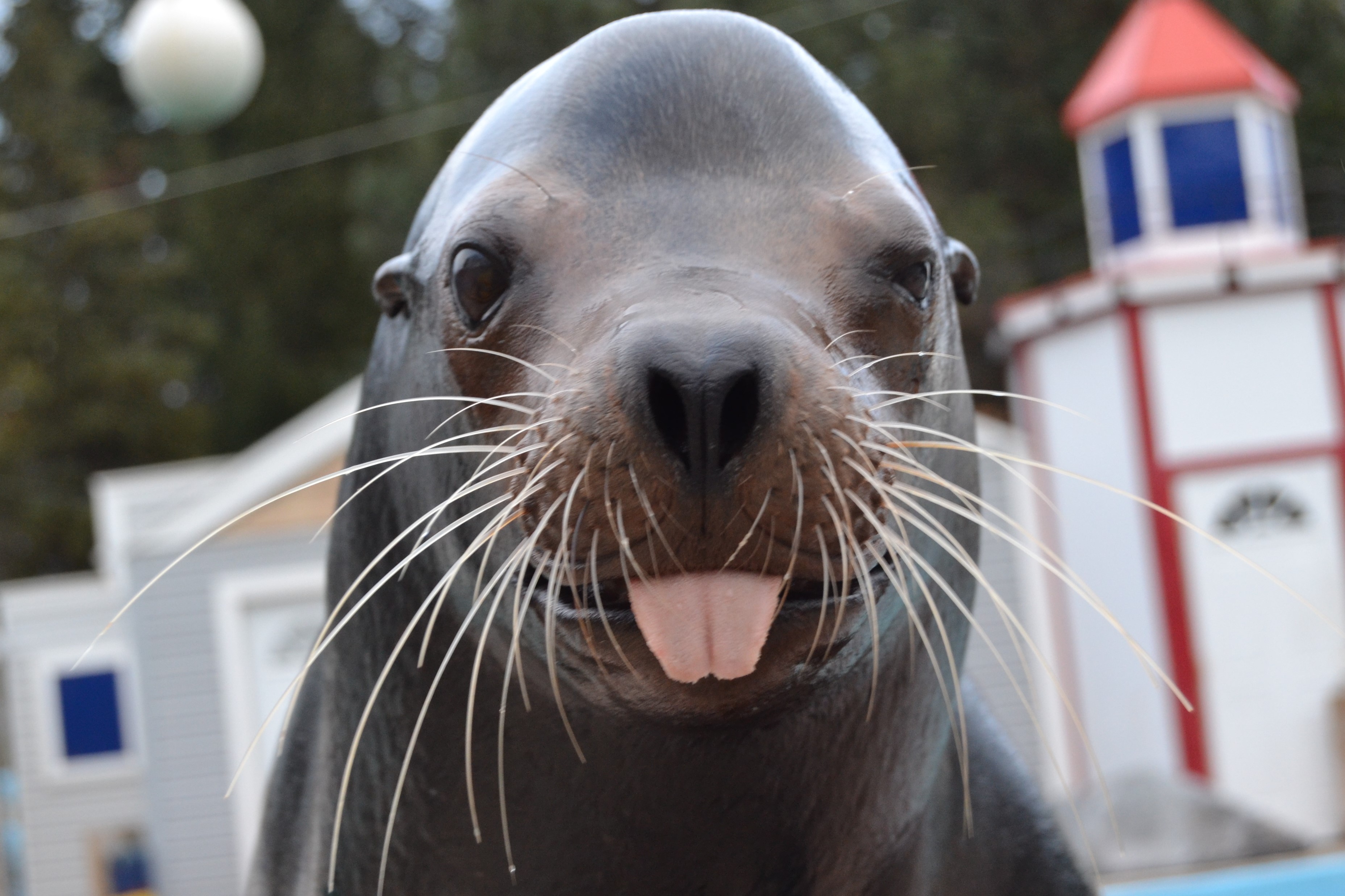
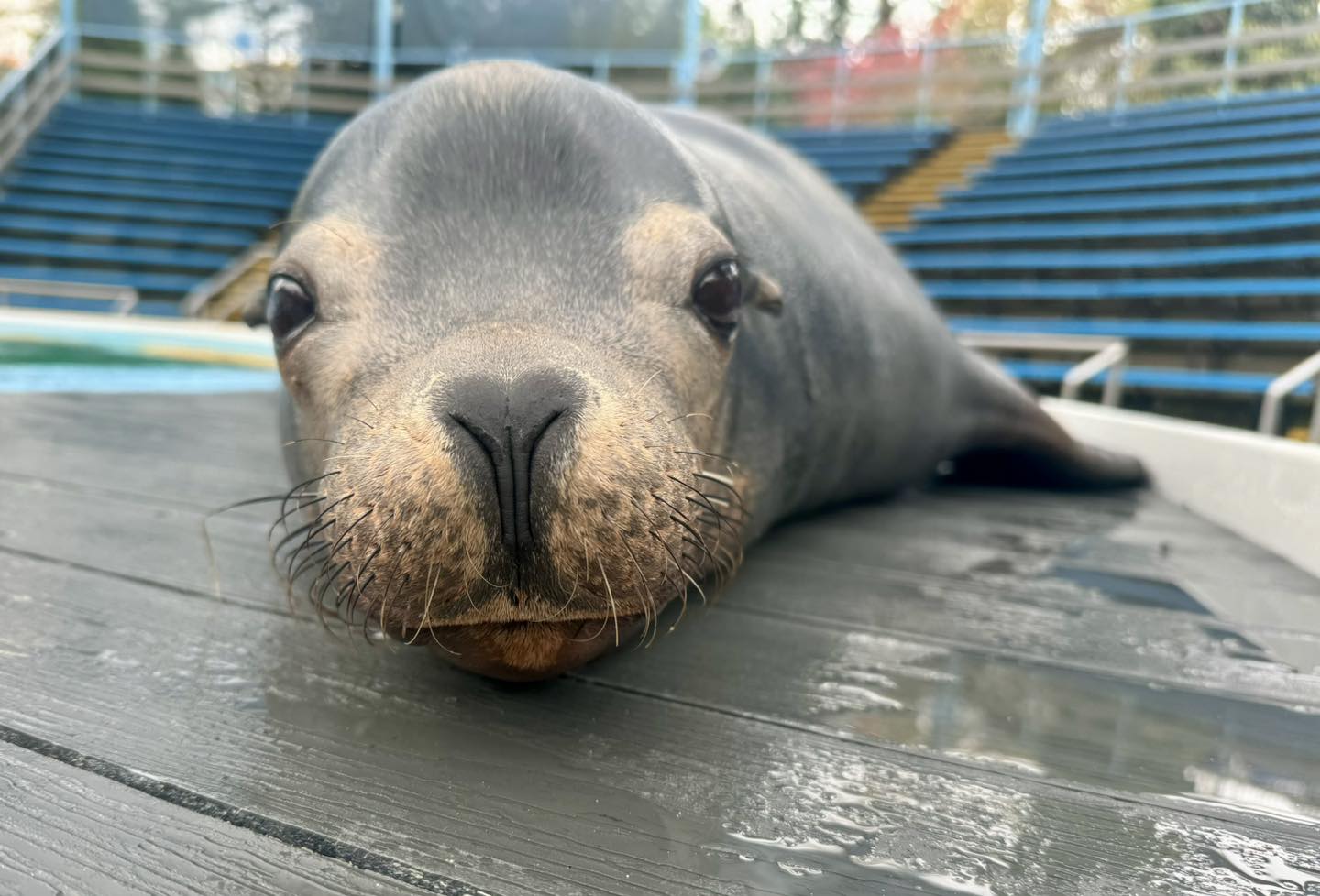 Meet Ripley!
Meet Ripley!
